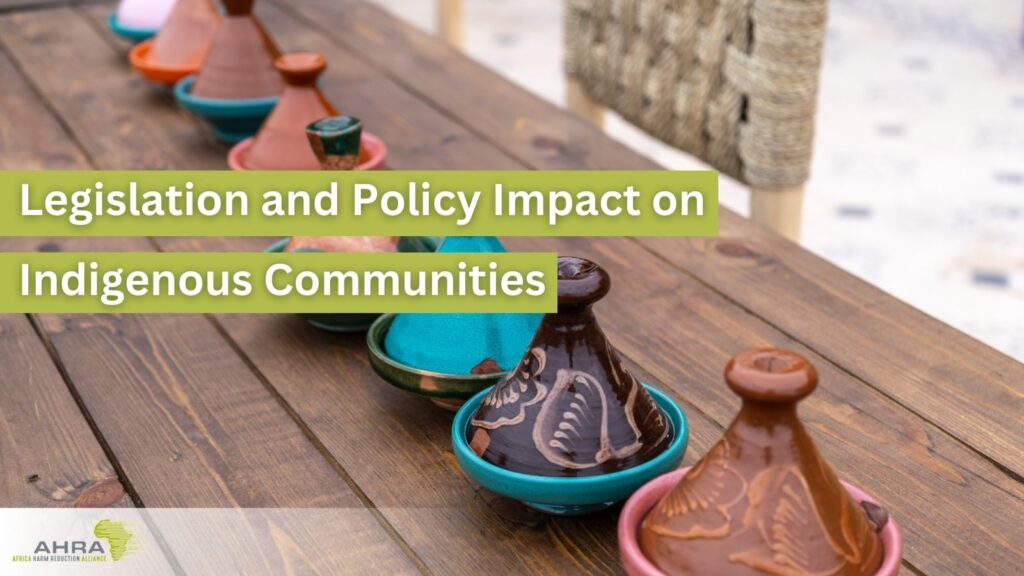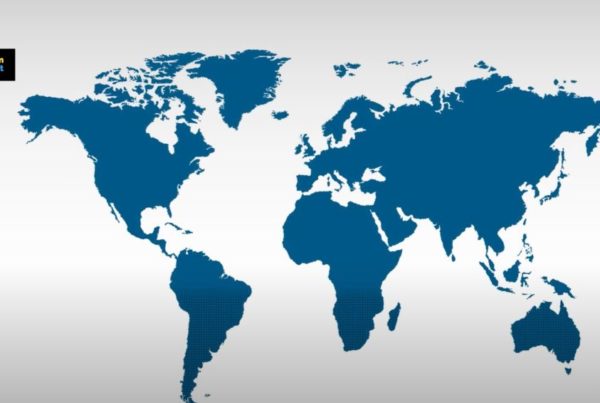It has long been the belief of policymakers in sub-Saharan Africa that it’s the Government’s role to ensure the general health of the public to head off moral hazard. As great as that may sound on the surface, preventive policies, especially prohibition laws that criminalise victimless actions, often have the opposite effect.
In the short term, some of the bans do show positive results. In the initial months of alcohol prohibition in the US in 1920, there was a 30% drop in alcohol consumption, however, there was a rise in organized crime associated with the illegal production and sale of alcohol, an increase in smuggling, and a decline in tax revenue. As the trade in illegal alcohol became more lucrative, the quality of alcohol on the black market declined. On average, 1000 Americans died every year during the Prohibition from the effects of drinking tainted liquor.
Africa, like other regions, has grappled with the unintended consequences of prohibition. In South Africa for instance, despite high levels of illicit trade in the tobacco market pre-lockdown, the government temporarily banned the sale of tobacco products for five months as part of its COVID-19 response. As a result, illicit trade increased to 54-58% of the market trade, post-lockdown.

Prohibition may be relatively simple to write into law, but it is much harder to deliver in reality than consumer protection legislation. It has been shown repeatedly that prohibitionist policies lead to illicit markets. Responsibly implemented regulation enables more control while at the same time protecting consumer rights and choices.
Unlike prohibition, harm reduction strategies begin with the realistic and nonjudgmental premise that “there has never been, and will never be, a drug-free society.” Harm reduction has a success record that prohibition cannot match. It involves a range of public health options such as needle exchange programs, condoms, and less harmful smoke-free nicotine alternatives. Though critics have dismissed these strategies as surrendering to addiction, jurisdictions that have attempted them have found they significantly reduce overdose deaths, the spread of infectious diseases, and smoking rates.
Bans don’t solve any behavioural problems, and this truth should not be overlooked by policymakers because it does not conform to their narrative and ideology. Pragmatic approaches are essential to improve outcomes. Until this is taken into account, overly simplistic solutions – such as bans on less harmful nicotine alternatives– will continue to be offered as a blunt and impractical tool for a situation that requires pragmatism and nuance, making meaningful and sustainable change more difficult.










